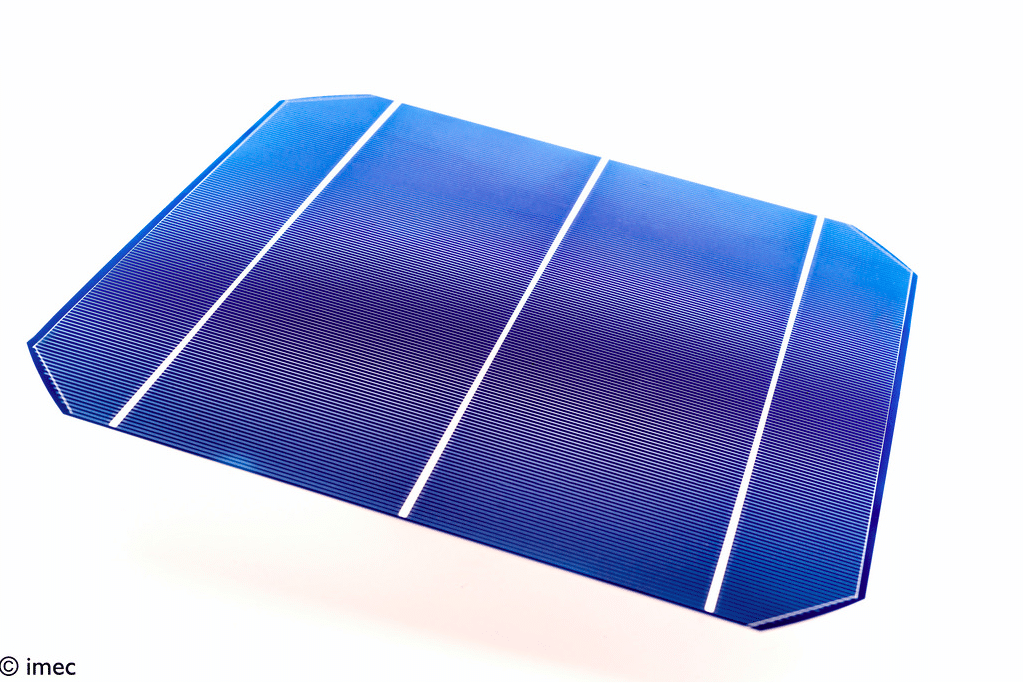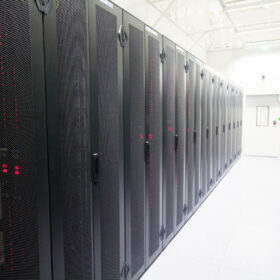The partnership between kerfless silicon wafer manufacturer 1366 Technologies and Korean module manufacturer Hanwha Q CELLS has produced cells that have reached 19.6% efficiency in independent tests.
1366 Technologies is the final technology company standing that received a loan guarantee from the Department of Energy. It is also the only current company to approach commercial-scale production of kerfless wafers, with a factory underway in Upstate New York. 1366 is scheduled to supply 700 MW in wafers to Hanwha over the next five years, after the two companies signed a supply deal in April.
Producing kerfless wafers eliminates the traditional, time-consuming wafer production process of sawing silicon ingots into wafers, which wastes up to 44% of the material as silicon dust. 1366’s kerfless technology forms wafers directly using molten silicon, which it says lowers equipment costs and encourages more efficient use of silicon. 1366 estimates that this can result in a total wafer cost reduction of 54%.
1366 and Hanwha, taking advantage of the partnership announced in March 2015, have worked together to improve the cell-production process to lower manufacturing costs and eliminate waste, which will help Hanwha produce even more cost-competitive modules in the future.
By combining 1366’s kerfless, drop-in 156 mm multicrystalline wafers and Hanwha Q CELLS Q.ANTUM, passivated emitter rear contact (PERC) cell process, the two companies produced the 19.6 percent efficient cells.
1366’s produced the wafers in Bedford, Mass., and the cell fabrication was completed at Hanwha Q CELLS’ Center for Technology Innovation and Quality in Thalheim, Germany. The result was independently confirmed by the Fraunhofer ISE CalLab.
This content is protected by copyright and may not be reused. If you want to cooperate with us and would like to reuse some of our content, please contact: editors@pv-magazine.com.








Wonder how the 1366 wafer would go with silicon produced by the “hydrogenation ” process developed by the Australian National University and Suntech?